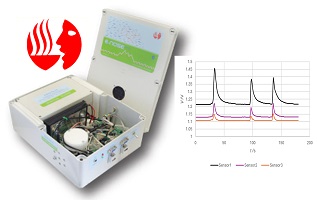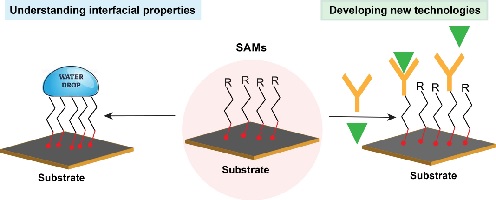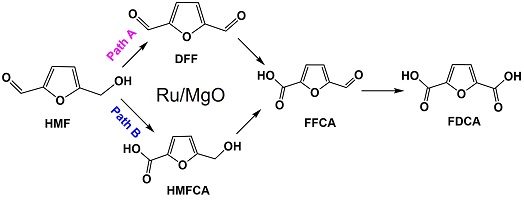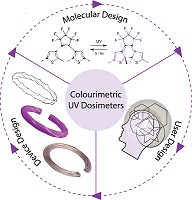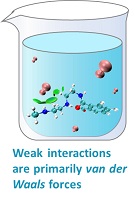
Australian Journal of Chemistry
Volume 77 Number 10 2024
The 18th century cleric Thomas Bayes gave his name to an elegant statement of the probability of an event – in this case identification of an odour – given some evidence: output from a number of metal oxide semiconductor sensors. Knowing the distributions of outputs for target odours, we assign the probabilities of an unknown odour. The greatest probability wins! (Image credit: E-nose Pty Ltd and D. B. Hibbert.)
This article belongs to the 10th Anniversary Collection of RACI and AAS Award papers.
CH24053 Abstract | CH24053 Full Text | CH24053PDF (1.5 MB) | CH24053Supplementary Material (575 KB) Open Access Article
Self-assembled monolayers (SAMs) allow surfaces to be modified with molecular-level control to give surface-specific functionality. SAMs have provided fundamental insight into surface phenomena and found utility in a range of applications. This account outlines a variety of different SAM systems and their application in sensing. (Image credit: Essam M. Dief.)
This article belongs to the 10th Anniversary Collection of RACI and AAS Award papers.
CH24096 Abstract | CH24096 Full Text | CH24096PDF (5.9 MB) Open Access Article
Biomass offers a sustainable alternative source of carbon to existing fossil resources that underpin the global chemical industry – on which we rely for fuels, plastics and pharmaceuticals. Combining ruthenium metal with Earth-abundant magnesium oxide creates an efficient catalyst for transforming sugar components of waste biomass into a valuable precursor for the sustainable manufacture of plastics. (Image credit: Priya Lokhande.)
This article belongs to the 10th Anniversary Collection of RACI and AAS Award papers.
CH24082 Abstract | CH24082 Full Text | CH24082PDF (3.3 MB) | CH24082Supplementary Material (768 KB) Open Access Article
Five two-dimensional complexes were obtained and the structures of 1–4 differ from that of 5 owing to the distinct coordination modes of the ligand H2L+Cl− at specific reaction temperatures. Further, the luminescence properties of complexes 3–5 were investigated. Additionally, the fluorescence lifetime of complex 4 was tested. (Image credit: Li-Xin You.)
Rewearable colourimetric dosimeters offer an efficient, low cost and reusable solution to educate people on their risk from ultraviolet radiation (UVR) from the sun. Molecular photoswitches are a simple chemical technology for creating UVR dosimeters. Key to their translation are enhanced photochemical stability, reusability and overall stability. Beyond the chemistry, it is necessary to design these devices for the needs of all users in our community, to offer equitable protection. (Image credit: Nathan Boase.)
CH23211 Abstract | CH23211 Full Text | CH23211PDF (3.9 MB) Open Access Article
Non-porous amorphous polymers demonstrate exceptional iodine adsorption capacities of 4.43 g g–1 for volatile iodine and 1.43 g g–1 for liquid iodine. Insights into the adsorption mechanism were gained through FT-IR analysis and independent gradient model based on Hirshfeld partition (IGMH), elucidating the adsorption sites and weak interactions with iodine. (Image credit: Chang Sun.)



